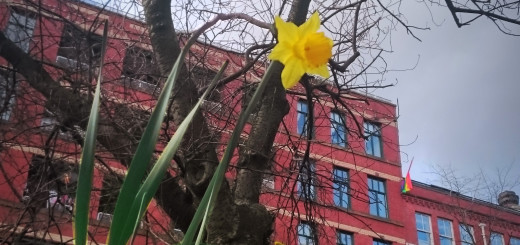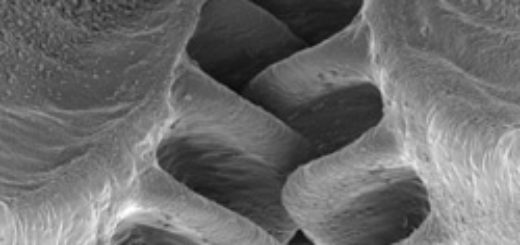Dinoturbation – despite what you’ve heard, both male and female dinosaurs did it!
Dinoturbation was partly responsible for the rise of flowering plants but what is dinoturbation and why should you care?
Dinoturbation is the massive dinosaur induced destruction of the forests. Take the sauropod the Argentinosaurus as an example. It was discovered in South America (I think in Brazil?) and it is thought to have eaten 2.6 tonnes of vegetation a day, but not only that it probably destroyed even more forest by just walking its giant arse around all day (probably the biggest dinosaur at around 100 tonnes of forest eating machine). Now imagine herds of these and other beasts just leveling forests throughout the world. That is dinoturbation.
What does this have to do with flowers? Well flowers are a recent(ish) invention in the world. They started on a small cliff possibly in China around 160 million years ago and then had to invade the well established conifer (mostly pine) forests of the world. But how could a wee plant get any sun to out compete the dense pine tree (and other conifer) forests which covered the earth? Dinoturbation, that’s how (large forest fires also helped).
Flowering plants (mostly) rely on insects to deliver the pollen directly from plant to plant whereas conifers just pump pollen into the wind and cross their woody fingers. Because of this flowering plants can invest more resources into their seeds without being wasteful, this means flowering plants can either produced loads of seeds and coat the dinopath with their future offspring or they can produce big seeds full of nutrients which can then quickly sprout and grow in a new patch of light out competing the slower growing conifers (think of how fast a bean sprouts grows just after being planted compared to a freaking redwood pine).
This means everywhere the dinosaurs went they would have been leaving trails of beautiful flowers and then the stupid asteroid had to come and ruin it all.






